University of Southampton
In addition, the university operates a School of Art based in nearby Winchester and an international branch in Malaysia offering courses in Engineering.[13] He did not desire to create a college for many (as formed at similar time in other English industrial towns and commercial ports) but a cultural centre for Southampton's intellectual elite.On 15 October 1862, the Hartley Institute was opened by the Prime Minister Lord Palmerston in a major civic occasion which exceeded in splendor anything that anyone in the town could remember.[15] This was after inspection of the teaching and finances by the University College Grants Committee,[16] and donations from Council members (including William Darwin the then Treasurer).An increase in student numbers in the following years motivated fund raising efforts to move the college to greenfield land around Back Lane (now University Road) in the Highfield area of Southampton.However, the outbreak of the First World War six weeks later meant no lectures could take place there, as the buildings were handed over by the college authorities for use as a military hospital.During World War II the university suffered damage in the Southampton Blitz with bombs landing on the campus and its halls of residence.[18] The university hosted the Supermarine plans and design team for a period but in December 1940 further bomb hits resulted in it being relocated to Hursley House.[18] After the war, departments such as Electronics grew under the influence of professor Erich Zepler and the Institute of Sound and Vibration was established.[21] In addition, more faculties and departments were founded, including Medicine and Oceanography (despite the discouragement of Sir John Wolfenden, the chairman of the University Grants Committee).This proposal was met with demonstrations on campus and was later reworked (to reduce the redundancies and reallocate the reductions in faculties funding) after being rejected by the university Senate.[22] By the mid-1980s through to the 1990s, the university looked to expand with new buildings on the Highfield campus, developing the Chilworth Manor site into a science park and conference venue, opening the National Oceanography Centre at a dockside location and purchasing new land from the City Council for the Arts Faculty and sports fields (at Avenue Campus and Wide Lane, respectively).This involved a huge increase in student numbers and the establishment of sub-campuses in Basingstoke, Winchester, Portsmouth and Newport, Isle of Wight.[45] The university has also significantly redeveloped its Boldrewood Campus which is home to part of the engineering faculty and to Lloyd's Register's Global Technology Centre.[47] In 2015, the university started a fundraising campaign to build the Centre for Cancer Immunology based at Southampton General Hospital.A new masterplan for the Highfield campus was drawn up in 1998 by Rick Mather, who proposed that the University Road should become a tree-lined boulevard backed by white-rendered buildings.[61] Planning of the campus began in 1989 and was completed in 1994 due to cuts and uncertainties whether a national research centre could be successfully integrated with a university.[66] The campus contains the original school buildings from the 1960s, in addition to structures built when the merger occurred and in 1998 when the Textile Conservation Centre moved to the site from Hampton Court Palace.[73] As part of its expansion plans, the University of Southampton Malaysia has moved into its new 150,000sq ft state-of-the-art estate in Eco Botanic City, Iskandar Puteri.Introduced in 2023, the U7 and U8 lines connect the Highfield campus to Winchester and Chilworth respectively while the final route, the U9, runs an infrequent service between Southampton General hospital and Townhill Park.Students who live in halls of residence provided by the university receive an annual bus pass, allowing them to use all Unilink services for free.[83] Responsibility for running the university is held formally by the Chancellor and led at the executive level by the Vice-Chancellor, currently Prof Mark E. Smith.[84] The Senate is the university's primary academic authority, with responsibilities which include the direction and regulation of education and examinations, the award of degrees, and the promotion of research.[99] In the 2016–17 academic year, the university had a domicile breakdown of 72:7:21 of UK:EU:non-EU students respectively with a female to male ratio of 53:47.[115] In response, the university's Vice Chancellor, Christopher Snowden, claimed the exercise was "devoid of any meaningful assessment of teaching" and that "there are serious lessons to be learned if the TEF is to gain public confidence.[362] The School of Electronics and Computer Science created the first archiving software (EPrints) to publish its research freely available on the Web.[383] In addition, the western half of Highfield campus contain several 20th-century sculptures by Barbara Hepworth,[384][385] Justin Knowles, Nick Pope and John Edwards.[388] The Edge entertainment magazine began life as an insert of the Wessex Scene in 1995 before growing to become a full publication and online presence in 2011.These are: The university also has accommodation located in Balmoral House and Victoria Place, Portsmouth and in Basingstoke for the use of Nursing and Midwifery students studying on placement in these areas.The 73-acre (30 ha) complex includes flood-lit synthetic turf and grass pitches, tennis courts, a pavilion and a 'Team Southampton' Gym.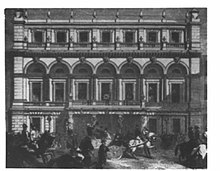
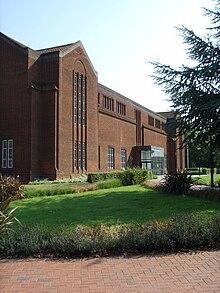
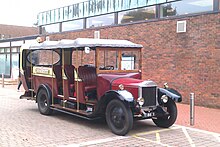
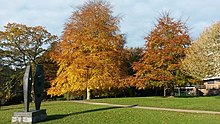
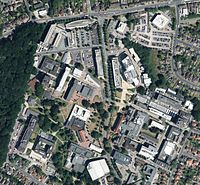
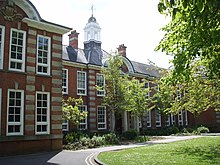
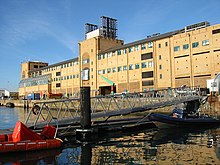

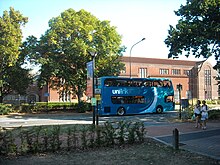
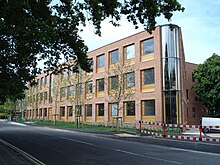

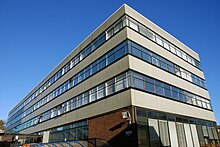
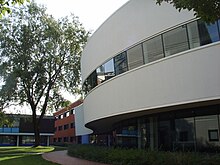
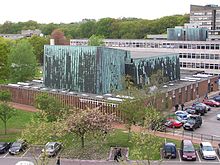
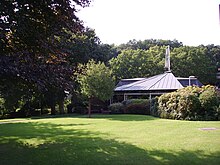
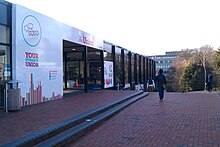
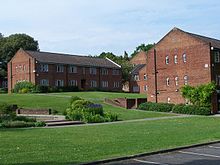
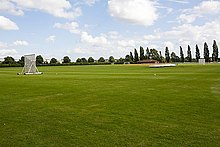
Southampton Solent UniversityCoat of armsresearch universityuniversity statusroyal charterEndowmentChancellorJustine GreeningKamlesh Lord Patel of BradfordVice-ChancellorMark E. SmithVisitorLucy PowellLord President of the Councilex officioUndergraduatesPostgraduatesSouthamptonHampshireColoursRussell GroupSETsquaredUniversities UKpost-nominal letterspublicUnited Kingdommain campusHighfieldAvenue CampusNational Oceanography CentreSouthampton General HospitalBoldrewood CampusLloyd's RegisterSchool of ArtWinchesterMalaysialargest universitySouth EastUniversity of Southampton Students' UnionLord PalmerstonUniversity CollegeUniversity of LondonWilliam Darwingreenfield landViscount HaldaneWar OfficeSouthampton Commonhall of residenceSouthampton BlitzSupermarineHursley HouseErich ZeplerInstitute of Sound and VibrationParliament of the United KingdomLong titleCitation1 & 2 Eliz. 2Royal assentQueen Elizabeth IIDuke of WellingtonRobbins ReportJohn WolfendenUniversity Grants CommitteeSenateBasil SpenceBarbara HepworthHoward NewbyWinchester School of ArtLa Sainte Union CollegeBasingstokePortsmouthNewport, Isle of WightmeningitisSchool of Electronics and Computer ScienceScience and Engineering South ConsortiumUniversity of OxfordUniversity of CambridgeImperial College LondonUniversity College LondonChilworthHighfield CampusSir Giles Gilbert ScottSidney KimberTim HoltInstitute of Sound and Vibration ResearchRick MatherRichard Taunton's CollegeSouthampton City CouncilNational Oceanography Centre, SouthamptonSouthampton DocksNatural Environment Research CouncilPrince Philip, Duke of EdinburghRRS James CookRRS DiscoveryRRS Charles DarwinNottinghamLeicesterTextile Conservation CentreHampton Court PalaceIskandar Puterifoundation year programmeAeronauticsAstronauticsMalaysian Qualifications Agencybusiness incubatoroptoelectronicsAlternative Investment MarketUnilinkBluestarSouthampton AirportPortswoodSouthampton Central railway stationBassett GreenTownhill ParkHigher Education Funding Council for EnglandSouthampton Medical Schoolacademic degreesbachelor'smaster'shigher doctoratespostnominalsdegree abbreviationsEngineering DoctorateBritish ArmyPostgraduate Certificate in EducationRoyal Navy